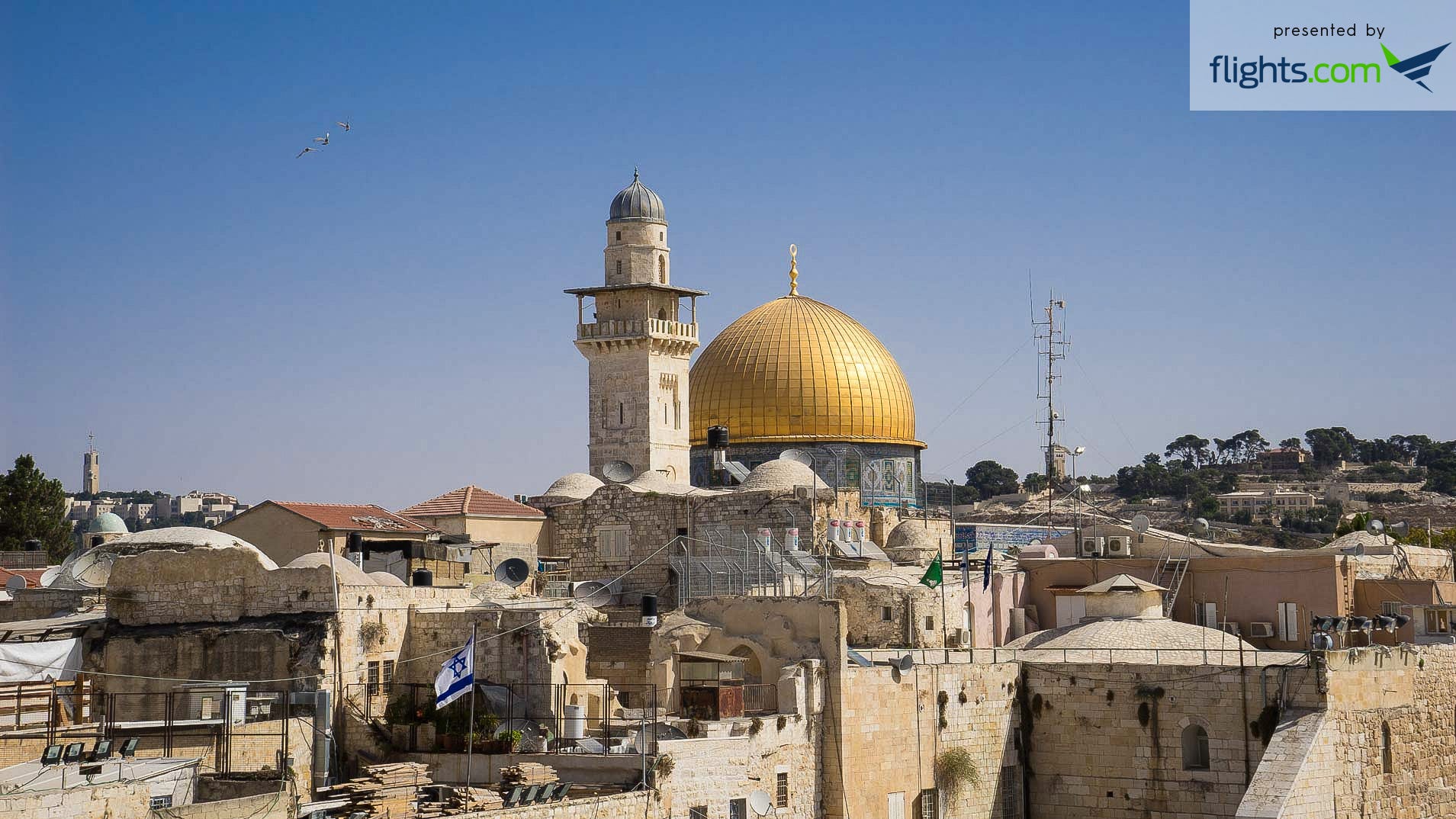Jerusalem, Before and After Converting to Orthodox Judaism
When I first visited the holy city as a college student, I felt like an outsider. Going back as a convert, I still did, until a group of praying women showed me that I belonged.
Keep reading with a 7-day free trial
Subscribe to Narratively to keep reading this post and get 7 days of free access to the full post archives.




